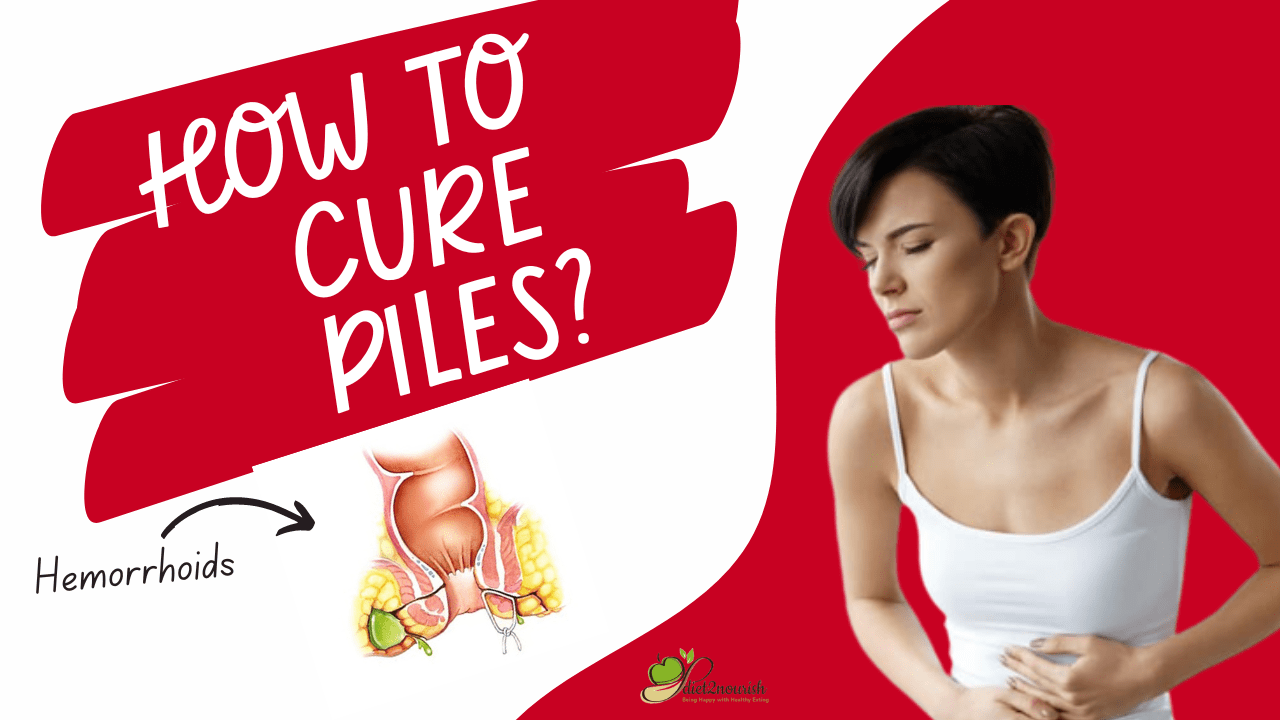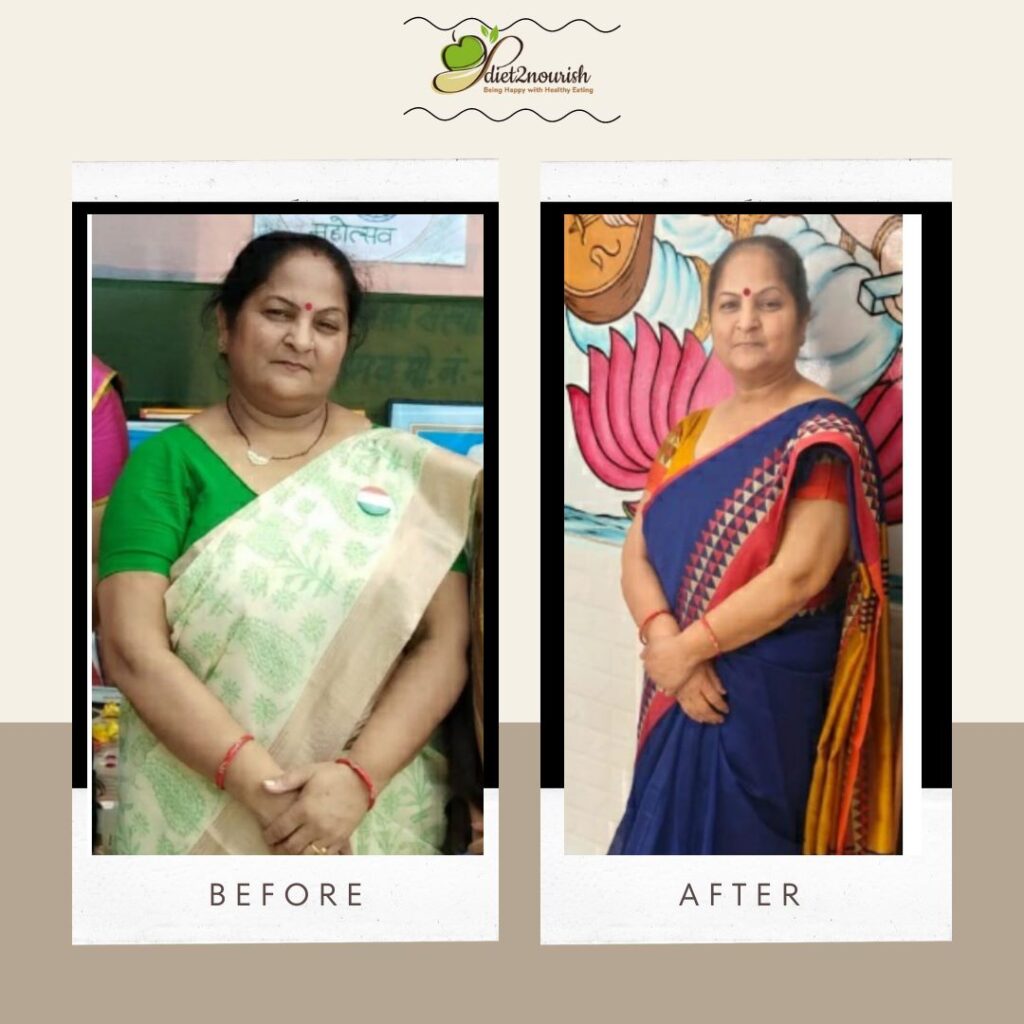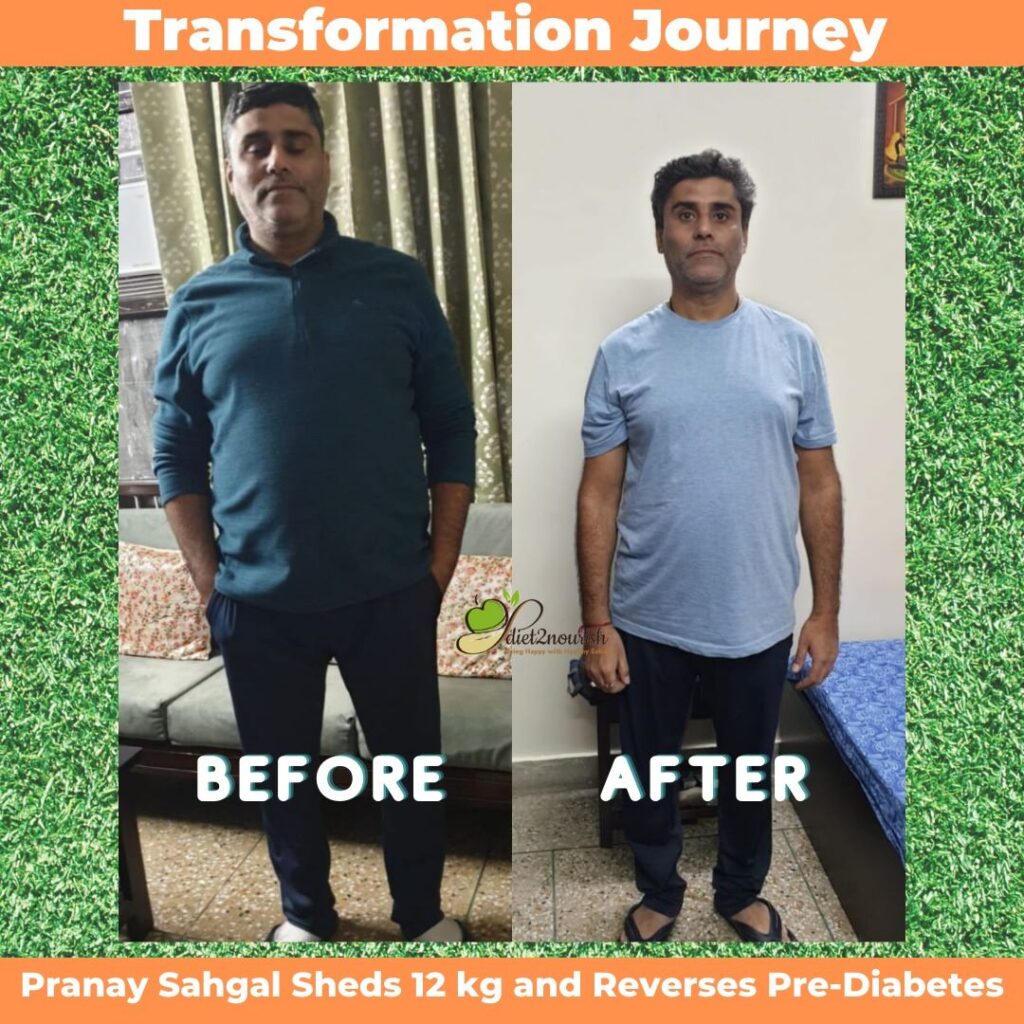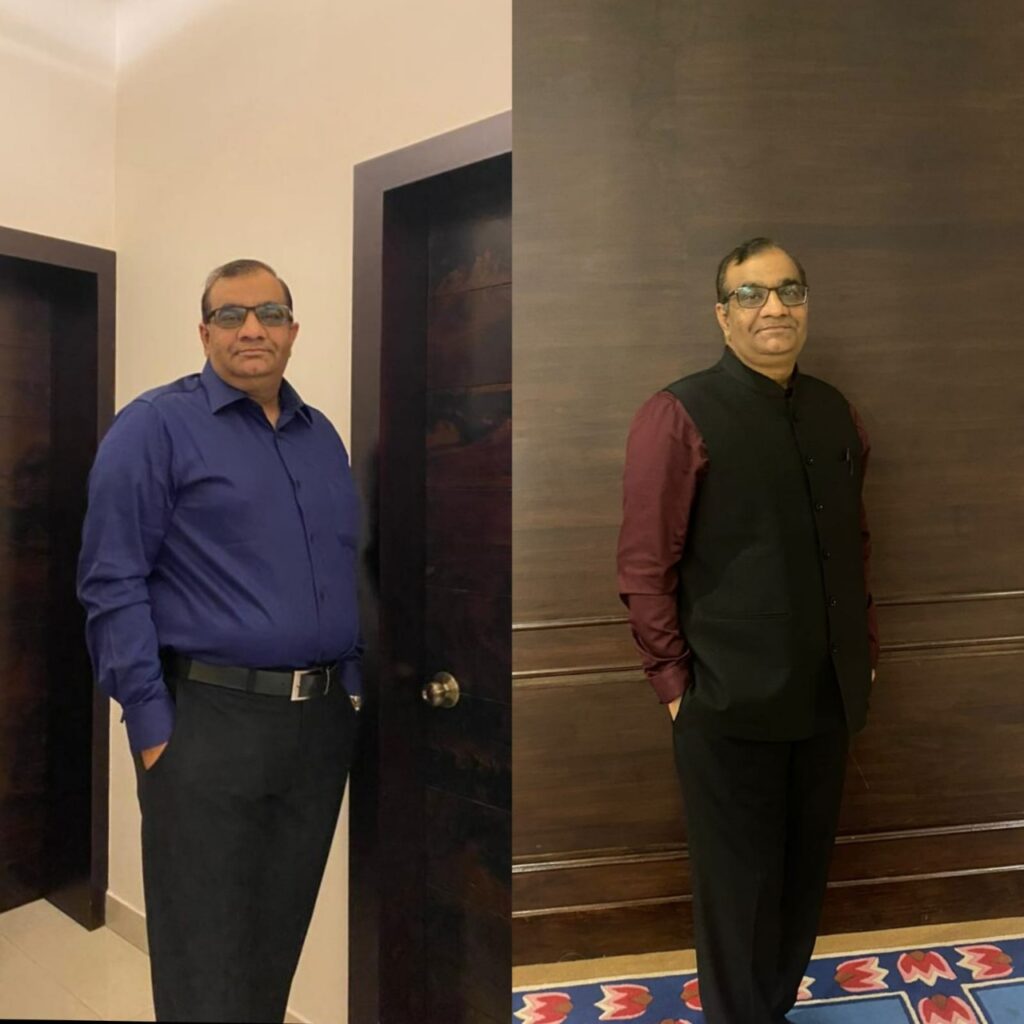How To Cure Piles?
Piles can be defined as the formation of swollen blood vessels in the anus or rectum region. They can be very uncomfortable at times, as they cause pain and itching. It results in the discharge of blood through the rectal region of the human body.
What are Piles and overview of its treatment?

Piles is derived from the Greek word ‘hemorrhoids’, which means veins through which there is blood discharge. It is the formation of hemorrhoids in the buttocks or the inner lining of the anal region. Looking for medical advice and incorporating lifestyle changes can improve this condition. By understanding the case and following proactive steps through proper management, an individual can regain their well-being completely.
How do you get Piles?
The anal canal of the human body contains many blood vessels. Piles develop when there are some changes in this passage (the anal canal). What happens is that the lining starts getting enlarged, which causes the formation of swelling, which ultimately starts getting filled up with blood in this region, resulting in the formation of stacks of these kinds of vessels, which are termed as piles. The exact reason for piles is still undiscovered, but one of the main and basic reasons can include the formation of high blood pressure in the anal region around the anal passage. There can be various factors that result in the formation of high blood pressure, which include watery or hard bowel, low fiber in the diet, liver disease, genetic history, prolonged diarrhea, strain, cancer, and weight gain.
Different types of Piles
When piles cause distress, it is essential to know the different types of the same, as each type has its own characteristics. The first type of pile is known as internal hemorrhoids, which are formed inside the rectum and are not visible externally. This type often goes unnoticed until visible symptoms of bleeding or protrusion occur in this region. The other type of pile is known as external hemorrhoids, which can be felt as lumps in the anal region. The third type is thrombosed hemorrhoids, which is where the clotting of blood happens. Finally, the last type is prolapsed hemorrhoids, which are when internal hemorrhoids extend outside the anal. Determining the type of piles is better for special and specified treatment, allowing an individual to feel better.
Symptoms of Hemorrhoids (Piles)
Piles result in detectable and recognizable symptoms. These symptoms are mostly caused by the enlargement, rectal bleeding, or slippage of blood vessels. Piles can show both common (which gets better on its own) and serious (which gets complicated by time) symptoms as follows:
| Common symptoms | Serious Symptoms |
| Painful lumps around the anus Itching Discomfort Bloody stool | Excessive bleeding leads to anemia. Infection on a large scale Fecal Incontinence Blood Clotting |
Treatment of Hemorrhoids?
There are a wide variety of treatments that are available for curing piles, depending on each case. At first, the doctor will refer to some lifestyle changes for better management without any major treatment. But if the case is serious, then a doctor can also recommend more extensive treatment. We have divided the treatment of piles into two categories: basic treatment and extensive procedures.
Basic Treatment
At first, when you see a doctor, they will recommend some basic remedies, including lifestyle changes. These can be as follows:
1. Take up your fiber game

Adding fiber to your diet makes stools softer. Once the stool gets softer, it will easily pass through the anal region, resulting in decreased blood pressure and less pain. Fiber is mainly found in fruits, vegetables, whole grains, nuts, seeds, cereals, and breads. It also helps prevent constipation. For increasing fiber in your body, you can also take fiber supplements like ispaghula.
2. Drink water to the fullest

If you are suffering from piles, make a habit of drinking water often because, this way, your stool will pass easily, which will result in reduced strain. To ensure that you are well hydrated, keep water with you regularly. You can also have tea, but avoid too much caffeine, alcohol, or sugary drinks for better results.
3. Use the toilet often
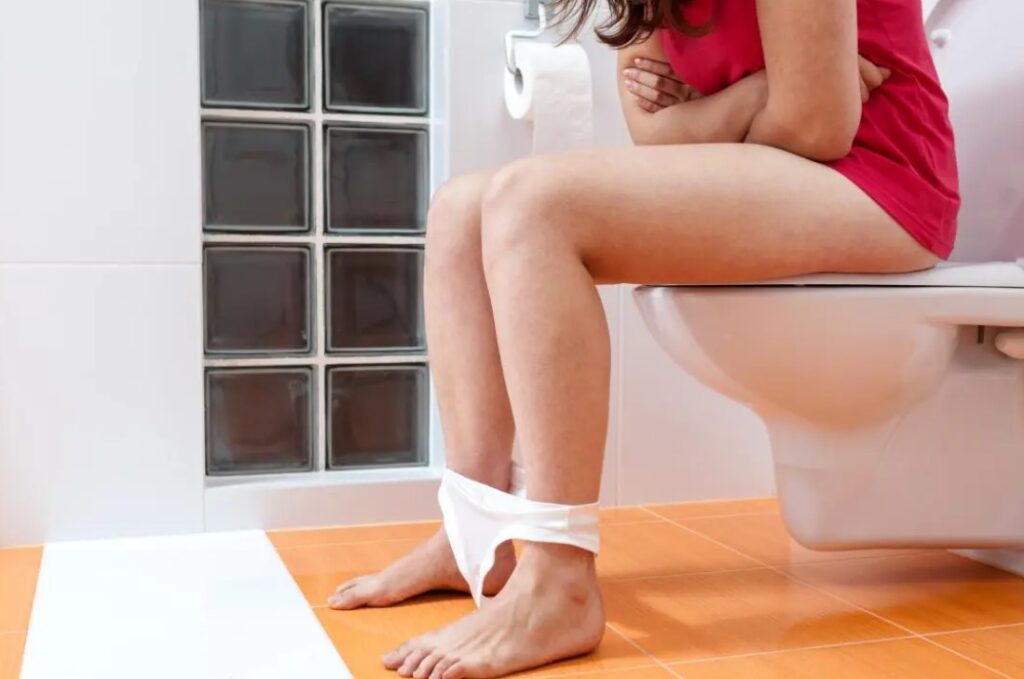
You should never hold your stool after feeling the need to pass it. Using the toilet often can reduce the strain in the anal region. In fact, holding a stool or urine can make the case worse because of increased complexities in the bowel and the anal part of the body.
4. Movement in the body

Regular exercise and movement in the body result in less constipation. You can incorporate some easy and less harsh exercises like a brisk walk or yoga into your routine because exercise is like weightlifting, and squats will put more strain on the muscles, which will worsen the case. Exercise also helps to regulate bowel movements and takes off the pressure off hemorrhoids.
5. Look for some home remedies
Looking for home remedies can be highly beneficial. You can start by taking a sitz bath, which is sitting in warm water for some time, and using ice packs often. Keep in mind not to push hard while using the toilet, and keep the anal area clean by bathing regularly with warm water and gently tapping the area. Try to sit on soft surfaces for better comfort.
Extensive Procedures
If you have more problems due to piles, which are also prolonged, your doctor might recommend some extensive treatment like medication and other procedures. The type of procedure will depend specifically on your case. Following is a list of some extensive procedures that can be done to cure piles.
1. Medication
There are various medication options out there that can help improve piles. These are done by taking pain relievers, which are mainly aspirin and ibuprofen, which reduce discomfort, soften stool, make passing it easier, and reduce pain. There are also some creams and ointments that reduce pain, inflammation, and itching.
2. Clot Removal
The types of hemorrhoids that result in the formation of blood clots should be removed. It can be painful, but these processes are not at all dangerous. It takes approximately 8 to 10 minutes to do this procedure, and it can give quick and prolonged relief.
3. Bandaging
This procedure is called rubber band ligation. This includes wrapping up your piles with a rubber band on the base, due to which the blood supply gets cut off, resulting in shrinking and ultimately falling off of the piles within a week.
4. Surgery and staples
Surgery can be a painful option at times for the treatment of piles, but it is also a quick way to get relief. This should be done only if other remedies and procedures are not benefiting the person. Additionally, putting staples on hemorrhoids can keep them in place but should be avoided if you have any annual sexual intercourse, as it can cause discomfort.
When should I see a doctor?
Piles can be really uncomfortable and painful. The symptoms, which are visible and felt, commonly go away within a week or two. If you are facing any major and serious complication, as mentioned in the symptoms section of this blog, then you can talk to doctor about the best treatment because sometimes it can indicate something that is medically more serious. In this case, a specialist doctor can properly advise you on what to do and what steps to take further to combat the problem in your specific case.
Conclusion
So, at the end of this block, we learned what piles are, their overview and types, and why you get them. We also discussed the symptoms and some basic and extensive process procedures, along with recommendations on when to seek professional advice. Piles is a common problem that is totally curable and can be successfully achieved through proper identification and medical management.
Frequently Asked Questions (FAQs)
There are many home remedies, medications, and preventive measures that can be taken to permanently treat piles. These mainly include more fiber, more water, cleanliness, exercise, and other extensive procedures like surgery or medication.
If you want to treat your pies at home, then you can take a sitz Bath regularly, clean the anal area, use ice packs, and prefer to sit on soft surfaces.
Piles often get away on their own within a week or two, but if you follow the procedures mentioned in this blog, they can be cured in a better way, resulting in long-lasting relief.
Yes, piles are completely curable without any extensive medical procedures. If you follow a proper cure plan, you can see immense results in fewer days, which makes conditions better.
Piles can last from a few days to a few weeks, depending on their nature and type. It goes away naturally, and if not, then it can be cured by following some of the basic steps outlined in this blog.

